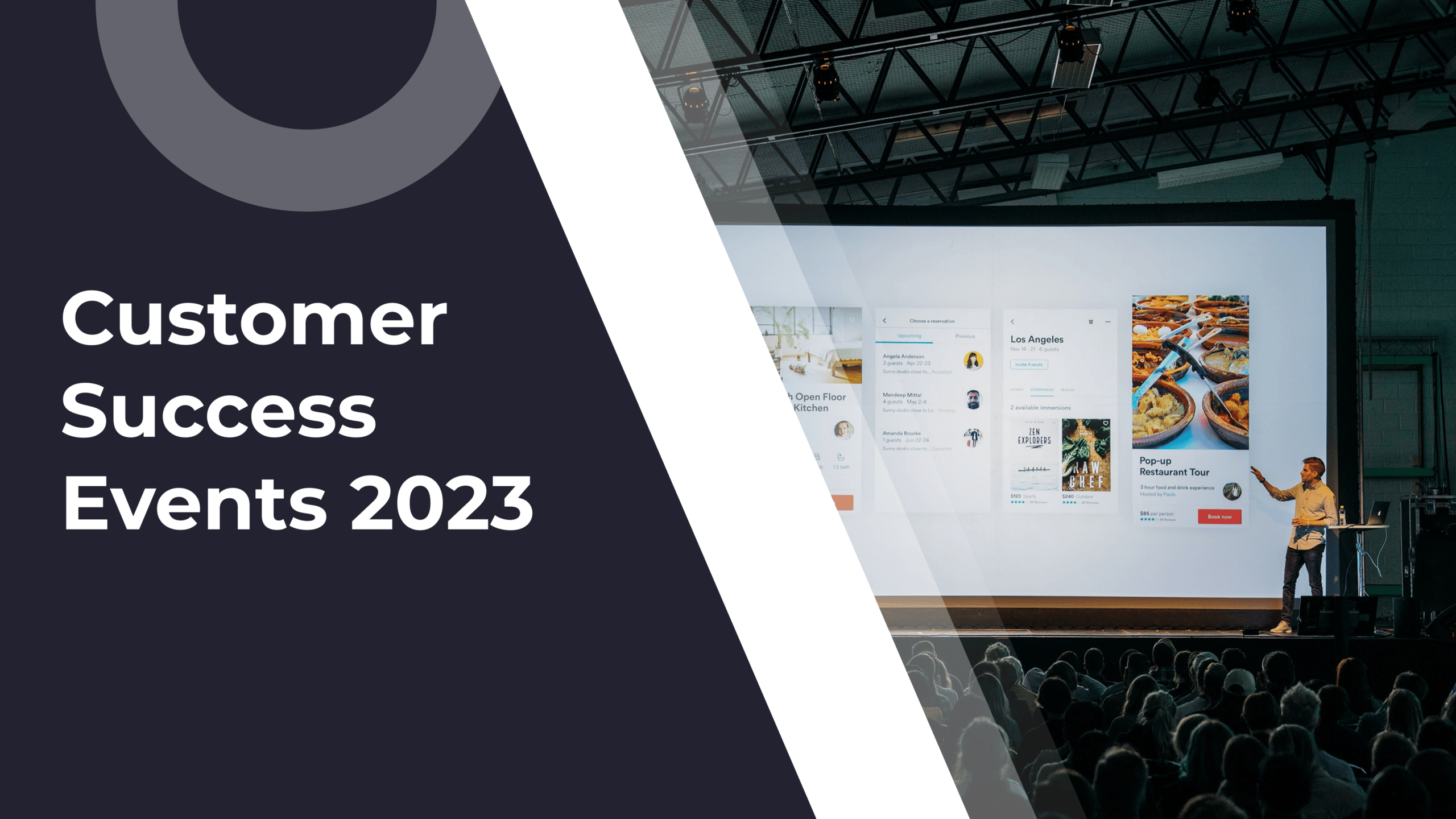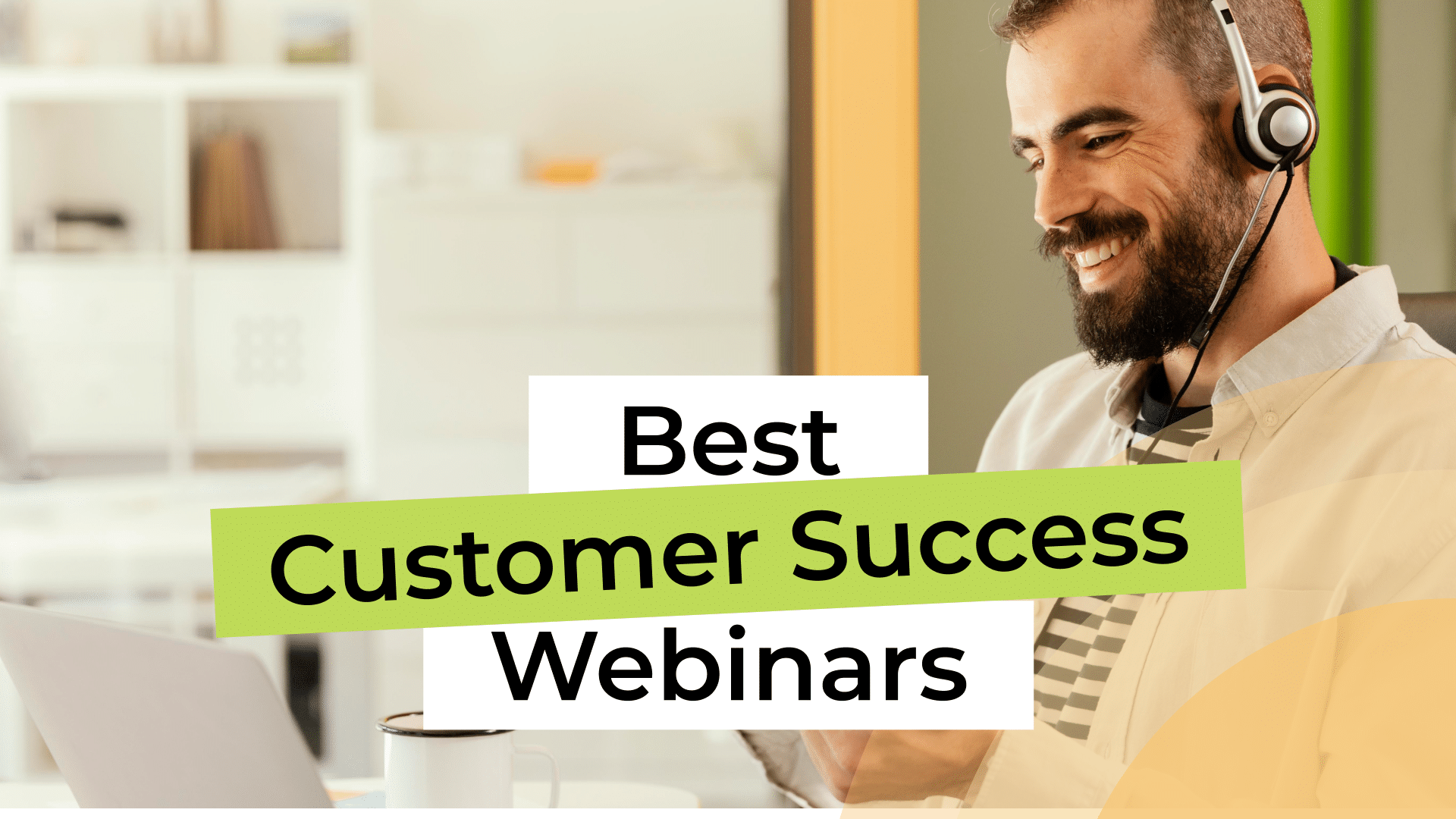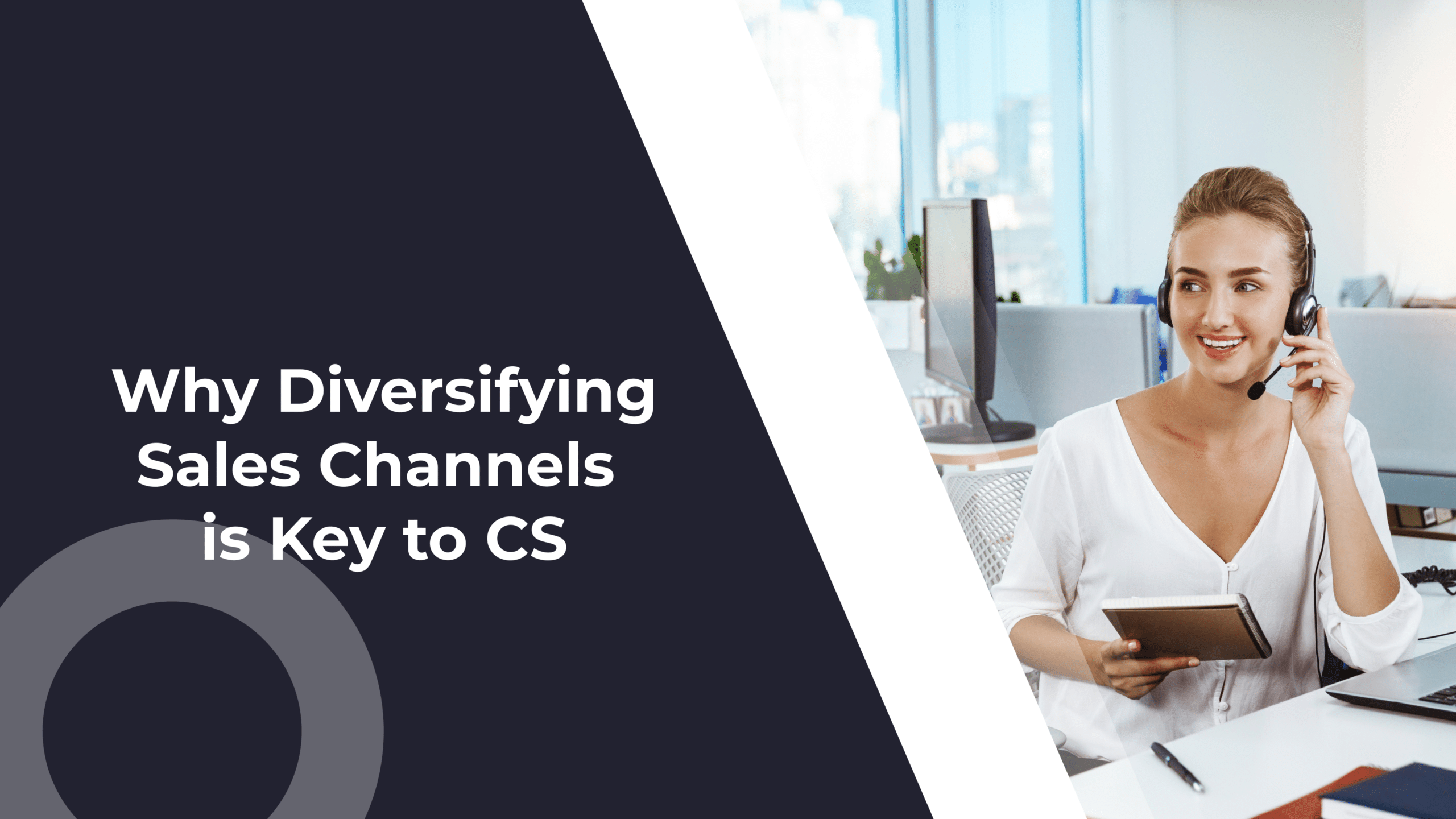Amidst the chaos of Google Sheets reports and CRM clutter, lies the catalyst for customer success in your SaaS journey—a Customer Success Platform (CSP). Integrating and synthesizing data from your entire tech stack, a CSP not only streamlines your workflow but acts as the pivotal element in elevating your CS strategy from basic to exceptional.
It’s not difficult to understand why and how to do it. So to that end, today I’ll walk you through some essentials that’ll move your CS strategy from lagging to winning in no time!
What’s a CSP and Why Do I Need One?
Understanding the role of a CSP as the catalyst for customer success is pivotal in today’s SaaS landscape. It’s designed to empower CSMs by making account data insightful and actionable, thereby securing customer loyalty and enhancing ROI.
A good CSP will integrate with your tech stack, particularly customer-facing tools, and use the datapoints it gathers in a custom dashboard for each of your accounts, allowing you to use weighted metrics, health scores, automation playbooks, and more!
Do I actually need a CSP for good CS?
Considering a CSP isn’t just about enhancing efficiency; it’s about recognizing the tool’s role as a catalyst for transformative customer success. You might be thinking “sure, that sounds nice, but do I actually need one?” – well, here’s a breakdown of some potential reasons why you might:
- If you’re struggling to make sense of chaotic data points that often don’t match and present a skewed view of your accounts. Your CSP can bring everything together in a way that makes sense.
- If you have too many annoying, repetitive tasks that bog down your productivity. An efficient CSP will include automation capabilities so that all those emails, messages, check-ins, account updates, stakeholder approvals, and so on can be activated based on triggers you can add and customize.
- If you’re not tracking your customers’ health scores and product activity. A good CSP will integrate with your product and measure how customers behave, whether they’ve adopted the product, how far down the customer journey they are, and then take actions accordingly based on your instructions.
- If your customer success report is an outdated and ugly Google Sheets document. An efficient CSP can act as a catalyst for your productivity in customer success, putting together all the numbers you typically need in easy-to-scan-and-export spreadsheets. No more time wasted looking for that obscure excel formula.
- If you want to send customer surveys more easily. A good CSP will include them in your toolset and allow you to gather data directly within the platform.
- If you never know when the right moment is to reach out and propose and upsell,
- If you’re unsure about how to approach the monumental task of optimizing CS in a company you just joined. A good CSP will come with its own onboarding, materials, and a dedicated CSM that can help you help your customers. For example, Custify offers concierge onboarding to all new accounts.

How a Good CSP Is a Catalyst for Customer Success Efficiency
A well-implemented CSP serves as the ultimate catalyst for customer success, streamlining data management, automating workflows, and personalizing customer interactions.
1. Improving data gathering and hygiene while ensuring stakeholder visibility
As I’ve repeatedly mentioned, the top problem a CSP solves has to do with data. Ensuring all the numbers are correct and integrated in the same tool and dashboard will enable increase CS and support velocity.
By centralizing disparate data sources, a CSP acts as a catalyst for customer success, ensuring that every piece of customer data is integrated and actionable. This holistic view enables CSMs to make informed decisions that drive success across the customer journey.
This process can be broken down into 4 easy parts:
- Gather customer data and follow a data science approach. Be rigorous about your data upon integrating it into your CSP. Check all the sources and ensure everything is working as intended and that the final data points are correct.
- Compile the data in a single dashboard. Once that’s done, you should be able to generate a customer success dashboard from your CSP.
- Use the data for insights and strategic decisions. Next comes the most difficult part – looking at all those numbers and drawing conclusions. An easy-to-read dashboard will be invaluable here.
- Integrate the data with stakeholders and promote collaboration. Another important step in data governance is to ensure everyone that needs to see that churn number sees it in a timely fashion. Fortunately, with a good CSP, you can simply send an automated message to your group’s Slack channel.
More info on how to champion a data science CS strategy in our dedicated blog post.
2. Automating workflows, tasks, data collection, messaging, reports, and more
Automating routine tasks through a CSP is more than an efficiency boost; it’s a customer success catalyst. By freeing up CSMs from tedious tasks, they can focus on strategic initiatives that directly contribute to customer satisfaction and retention.
A CSP can also help you automate processes and tasks commonly referred to as routine or mundane. Here’s a sample of what a good CSP can automate:
- Welcome and onboarding emails
- Proactive customer engagement (check it out on the next point on our list)
- Account assignments and stakeholder management
- Task management and stakeholder visibility
- Slack alerts and messages
- Account updater messages
- Upsell and cross-sell notifications
- Product guides and how-tos for common customer support issues
- Adding notes to accounts
- Sending emails
- Setting calls

Example of a complex account renewal playbook. More examples in our article on Low Touch Customer Success
In automating these workflows, the CSP serves as a customer success catalyst, enabling teams to respond to customer needs with unprecedented speed and relevance.
3. Enhancing personalization for increased customer loyalty and expansion
Personalization is the key to customer loyalty and expansion. Here, a CSP becomes a catalyst to CS by leveraging data to deliver tailored experiences that resonate with each customer’s unique needs and preferences.
One of the most common and effective ways to increase personalization and customer loyalty through your CSP is by implementing a proactive customer engagement process:
- Monitor accounts to ensure you have all relevant data when you need it. Your CSP should be set up to receive customer account information in a timely fashion that allows you to act.
- Chat with your customers on their preferred channels and educate them. Once you notice that customers have product issues, you can step in and help them complete their objectives in a proactive fashion.
- Automate campaigns that address customer problems, needs, or changes. Or better yet, if it’s just a question of teaching them how to do this or that, you can simply create an automation playbook that triggers when you notice customers are having issues.
- Ensure proper communication for new features, delays, updated documentation. CSPS with automation capabilities also allow you to update customers on product features, delays, updates, and more – so you can stay on top of the account before any questions arise.

Learn how to master a proactive engagement strategy here.
This level of personalization, powered by a CSP, not only deepens customer relationships but positions the platform as a fundamental catalyst for customer success, driving loyalty and expansion opportunities.
4. Delivering more goal-aligned value to customers faster and more intuitively
All these optimizations are great, but what about actually serving your customers? Don’t worry, you can do that too! Here are a few pointers:
- Understand customer outcomes. A good CSP will help you optimize onboarding and track the right things during that stage, so you know what customers want, how they’re trying to do it in the product, and if they can achieve it.
- Track KPIs and metrics for each customer outcome. Next you can use your CSP to directly measure your customer’s outcomes by assigning trackable KPIs & metrics.
- Confirm you’ve understood their goals correctly. Once you know the things you’re looking at, you should confirm that with the customer in an email, chat, or short call.
- Determine the ideal scenario for customer outcomes. Based on the data you’ve gathered you can use your CSP to look at other accounts and determine how much you and your customers need to work to achieve their goals.
Once you have your CSP set up for peak efficiency, make sure you learn how to use those datasets to capture customer outcomes.
5. Preventing customer churn reliably in a data-led manner and at scale
It’s fair to say that all the tactics outlined above help reduce churn in some way, but the possibilities you have with a fully-integrated CSP don’t stop there. You can also:
- Introduce more personalization. Personalized CX is a surefire way to customer loyalty for a lot of accounts, particularly Gen Z according to a recent State of Personalization Report.
- Implement a value realization framework. Most CS leaders agree that you really need to work to prove the value of your product nowadays, and one way to accomplish that is through a value realization framework that can be easily implemented with the help of your CSP.
- Set up a VoC process to gather customer feedback at scale. Now, one other tactic you can implement effectively with a CSP is a voice of the customer process. That essentially means creating automation flows to regularly gather feedback from your top accounts (based on your subjective criteria). Then all you have to do is sift through it, find the most valuable insights, and use them to improve.
- Streamline onboarding for increased adoption. Your customer success platform can also act as an ally during customer onboarding – helping you send tutorials, guides, and any other materials customers might need, as soon as they need it. This increases adoption and promotes long term loyalty.
Learn more about customer churn and how you can reduce it effectively with your CSP.
Does your CS strategy need a customer success catalyst?
After all the tips, tricks, tactics and processes we’ve listed, I’d argue that any CS strategy that wants to be successful should be built on a strong CSP with advanced capabilities.
If you’re unsure what customer success platform to pick, here’s a detailed breakdown of the decision process from Carmel Granahan, Founder & Customer Success Lead at Unify Success, during a recent webinar:







